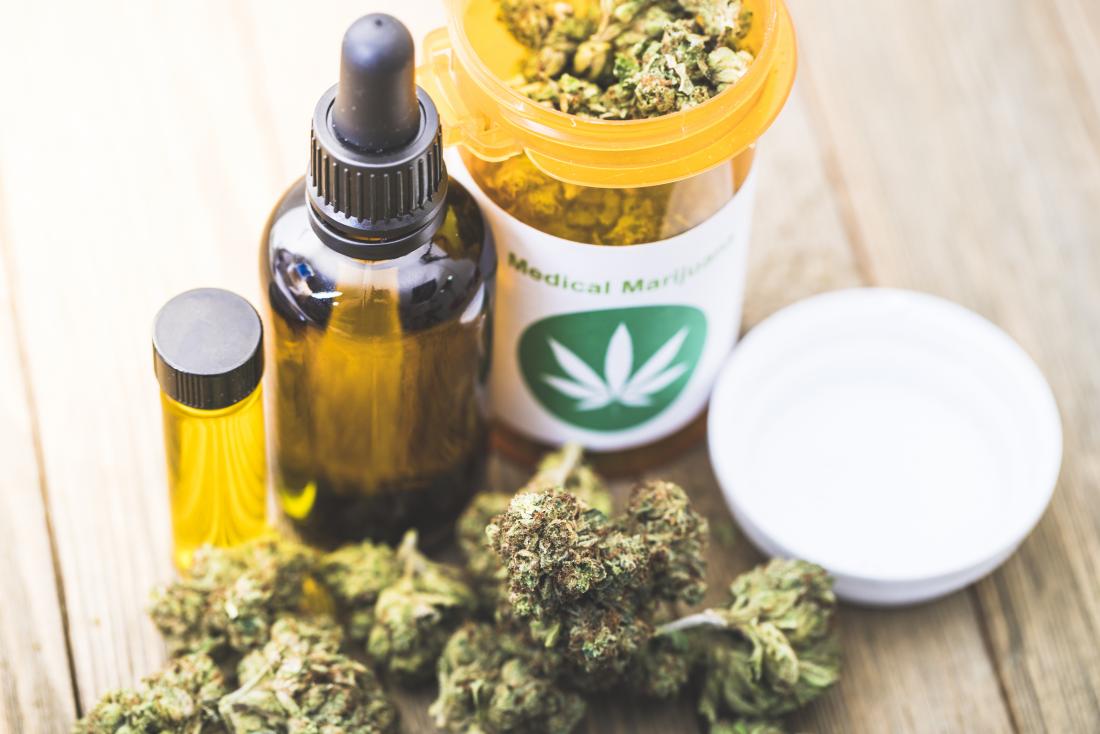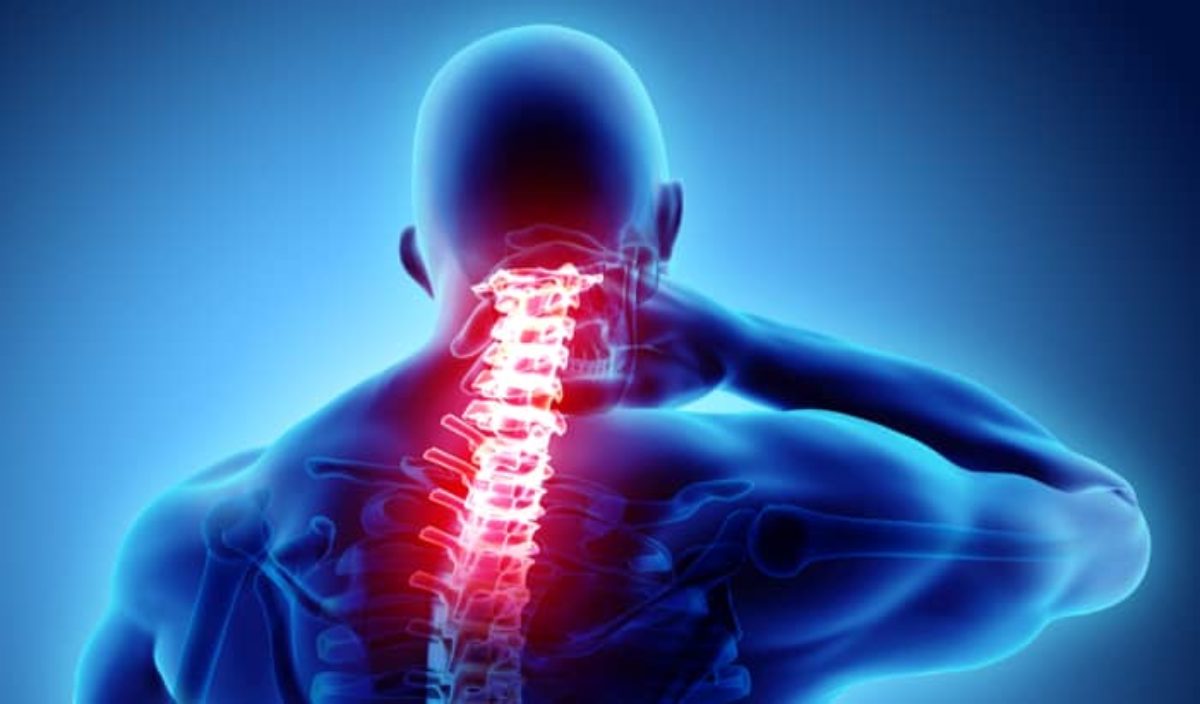Introduction
Medical marijuana is no longer a fringe treatment — it’s a growing part of mainstream healthcare. From managing chronic pain to reducing chemotherapy-related nausea, cannabis has demonstrated therapeutic potential across a range of conditions. But for patients new to medical cannabis, the choices can feel overwhelming. Understanding how it works, its benefits, and legal aspects is essential for making an informed decision.
Doctors emphasize that medical marijuana isn’t a one-size-fits-all solution. Instead, it’s a tool that can complement conventional treatments when used responsibly under professional guidance. This guide explores what patients need to know before considering cannabis as a medical option.
See more: The Legal Landscape of Medical Cannabis: What You Need to Know
What Is Medical Marijuana?
Medical marijuana refers to cannabis used for therapeutic purposes under a healthcare provider’s supervision. Unlike recreational cannabis, which is consumed for its psychoactive effects, medical marijuana is formulated to treat specific health conditions.
Origins and Regulation
Cannabis has been used medicinally for thousands of years, from ancient Chinese medicine to early Western pharmacopeias. Modern medical marijuana is standardized and regulated, with products containing controlled amounts of active compounds, primarily CBD (cannabidiol) and THC (tetrahydrocannabinol). Patients typically receive prescriptions after a thorough medical evaluation, ensuring safe and targeted use.
How Cannabis Works in the Human Body
The effects of medical marijuana are largely mediated through the endocannabinoid system (ECS), a network of receptors that helps regulate:
- Pain perception
- Mood and stress response
- Sleep and appetite
- Immune function
Cannabinoids in cannabis interact with CB1 and CB2 receptors within this system:
- THC binds primarily to CB1 receptors in the brain, producing both pain relief and psychoactive effects.
- CBD interacts indirectly, modulating receptor activity without inducing intoxication.
This interaction explains why different cannabis compounds and strains can produce distinct effects, from calming anxiety to alleviating chronic pain.
Key Medical Uses and Benefits
Medical marijuana has demonstrated efficacy in a variety of conditions:
Chronic Pain
Cannabis is increasingly prescribed as an alternative to opioids for neuropathic pain, arthritis, and fibromyalgia. Studies show patients using medical marijuana often experience reduced pain intensity and improved mobility.
Epilepsy and Seizure Disorders
CBD-based treatments, such as Epidiolex, have been approved for certain childhood epilepsy syndromes. These treatments reduce seizure frequency and severity, offering new hope for patients unresponsive to traditional medications.
Cancer-Related Symptoms
Medical marijuana can ease nausea, vomiting, and appetite loss during chemotherapy. THC-rich products are particularly effective, helping patients maintain nutrition and comfort throughout treatment.
Mental Health Conditions
CBD shows promise in reducing anxiety and PTSD symptoms. While THC can sometimes exacerbate anxiety, carefully monitored ratios of CBD and THC can provide relief without adverse effects.

Inflammatory and Autoimmune Disorders
CBD’s anti-inflammatory properties make it useful for conditions like Crohn’s disease, rheumatoid arthritis, and multiple sclerosis.
The Role of Cannabinoids: CBD and THC
Understanding the difference between CBD and THC is crucial for patients considering medical marijuana:
| Feature | CBD | THC |
|---|---|---|
| Psychoactive? | No | Yes |
| Therapeutic focus | Anxiety, inflammation, seizures | Pain, nausea, appetite stimulation |
| Common side effects | Fatigue, dry mouth | Dizziness, euphoria, short-term memory changes |
| Legal status | Legal in many regions | Highly regulated |
Most medical cannabis products are formulated with specific ratios of CBD and THC to optimize therapeutic effects while minimizing psychoactive impact. For instance, high-CBD, low-THC products are preferred for anxiety, while a balanced 1:1 ratio may be used for chronic pain.
Medical Marijuana in Modern Treatments (Real-World Examples)
Medical marijuana is increasingly integrated into healthcare worldwide:
- United States: Over 30 states allow medical cannabis for conditions like chronic pain, PTSD, and cancer-related symptoms. Specialized clinics provide guidance on dosing and product selection.
- Canada: Medical cannabis is federally legal, and licensed producers supply standardized formulations to patients.
- Australia: The Therapeutic Goods Administration (TGA) manages access through the Special Access Scheme, allowing eligible patients with chronic conditions to obtain prescribed cannabis products.
Research supports its benefits. For example, a 2022 Canadian study reported patients with chronic pain using medical cannabis experienced a 35% reduction in opioid use, highlighting cannabis’s potential as an opioid-sparing alternative.
Legal and Ethical Considerations
Access to medical marijuana is tightly regulated, and laws differ across countries and even states. Patients should be aware of:
- Prescription requirements
- Approved dispensaries or suppliers
- Storage and transport restrictions
Ethical debates center on patient access versus misuse. Some argue strict regulations limit treatment for those who could benefit, while others emphasize public safety and responsible use. Doctors often advocate for a balanced approach, ensuring medical access without encouraging recreational misuse.
Potential Risks and Side Effects
While medical marijuana can be beneficial, it carries risks:
- Short-term: Drowsiness, dizziness, dry mouth, impaired memory
- Long-term: Risk of dependency in some individuals, especially with high THC use
Doctors recommend starting with low doses and increasing gradually. Patients should also avoid driving or operating heavy machinery until they understand how cannabis affects them.
The Future of Cannabis in Medicine
The future of medical marijuana is promising. Ongoing research explores:
- Neuroprotective effects in Alzheimer’s and Parkinson’s disease
- Anti-inflammatory and immunomodulatory applications
- Personalized cannabinoid treatments
Public perception is evolving, and with increasing legalization and clinical acceptance, medical cannabis is poised to become a standard therapeutic option alongside traditional medications.
Conclusion
Medical marijuana offers significant benefits for a variety of conditions, but it’s not suitable for everyone. Doctors stress the importance of informed, supervised use, personalized dosing, and awareness of potential side effects. With growing research, responsible regulation, and patient education, medical marijuana is increasingly recognized as a legitimate and valuable tool in modern healthcare.
FAQS
Medical marijuana can complement or reduce reliance on some medications, like opioids. However, it should be part of a comprehensive treatment plan tailored by a healthcare professional.
Patients must consult a licensed healthcare provider, obtain a prescription, and purchase products from approved dispensaries. Laws vary by country and state.
Yes. Side effects may include drowsiness, dry mouth, dizziness, and short-term memory changes. Responsible dosing under medical supervision minimizes risks.
CBD is non-psychoactive and helps with inflammation, anxiety, and seizures. THC produces a “high” and is more effective for pain relief and nausea but carries higher risks of dizziness and dependency.
No. Medical marijuana is prescribed by doctors and contains regulated cannabinoid levels. Recreational cannabis is consumed for pleasure and often has higher THC content without medical oversight.


